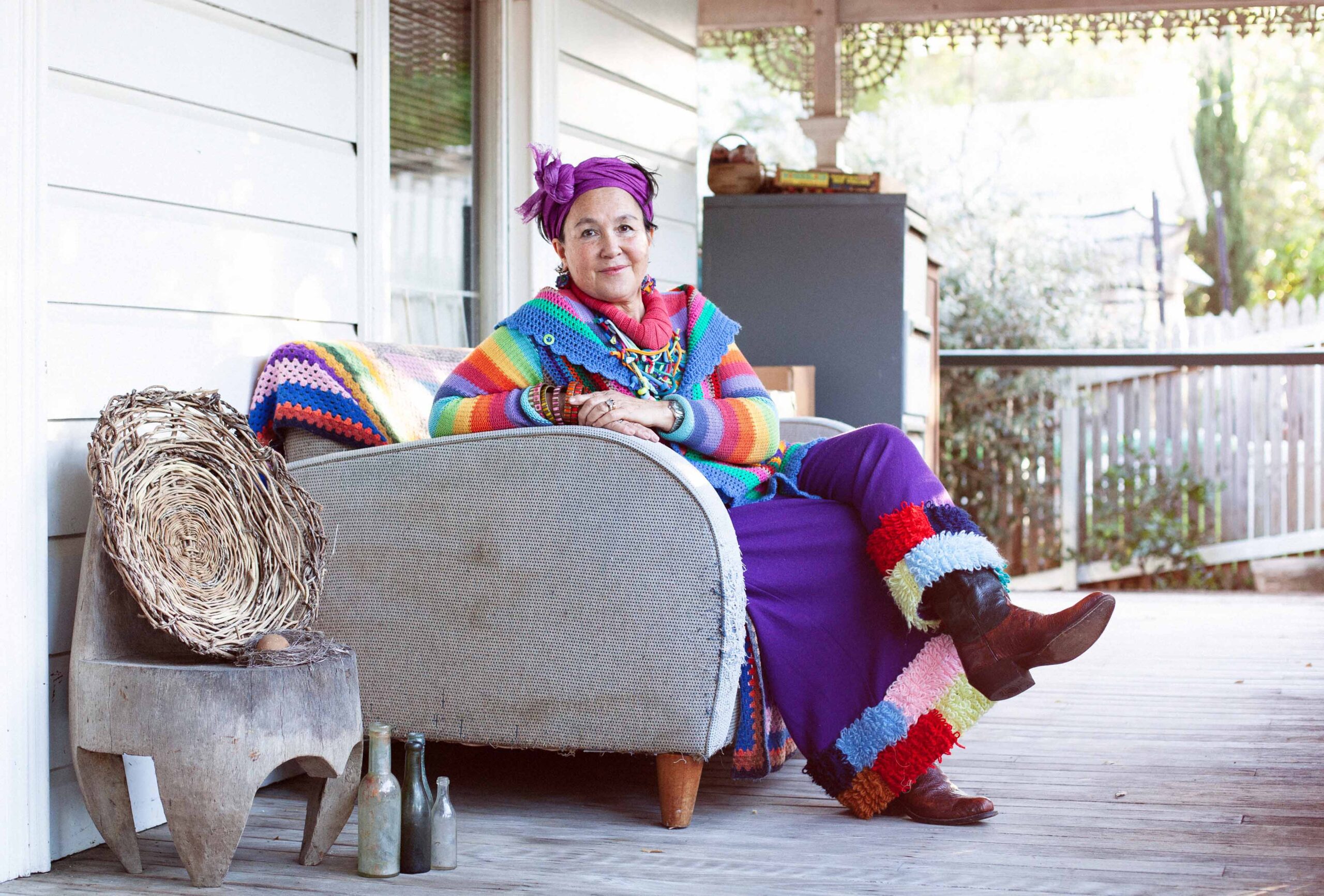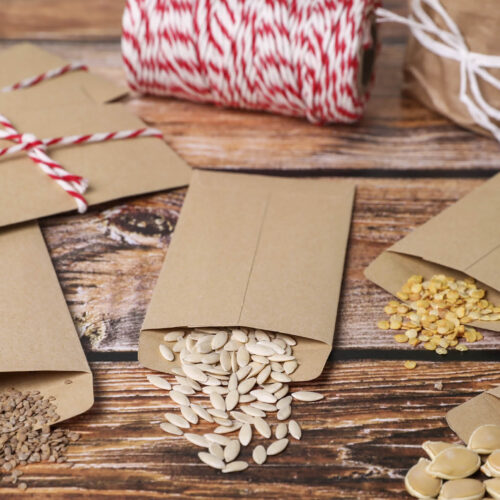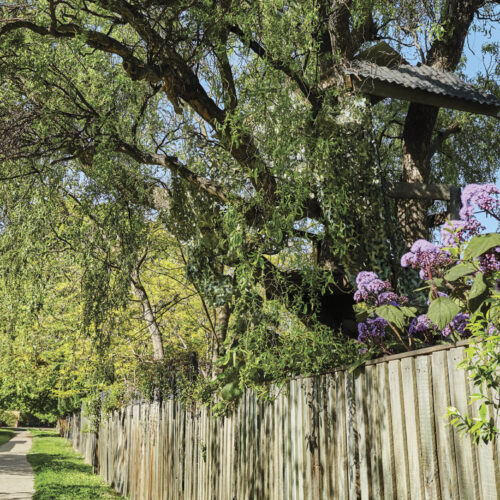The slow clothing movement
2019-11-05T01:35:46+11:00
Slow fashion advocate Jane Milburn says it’s time we paid as much attention to the eco-footprint of our clothing, as we do to our food.
Global supply chains are very efficient at meeting our essential food and clothing needs for a handful of dollars – alas, often in a way that disconnects us from the significant humanitarian and environmental damage it wreaks. Fast food, and its twin fast fashion, may be convenient but ultimately they are proving unhealthy and unsatisfying, and in many cases, unethical.
A background in agricultural science and rural advocacy led me to observe the emergence of the Slow Food movement, the return to local and backyard growing, and reconnection with sustainable agriculture as a better source of our food.
In 2008, US author and activist Michael Pollan defined his ‘Eater’s Manifesto’: eat food, not too much, mostly plants. He was inspired by farmer and author Wendell Berry, who described eating as an “agricultural act”. Through gardening, cooking and brewing, we can make choices that increase our connection with the source of our food. There is a parallel story with clothing and fibres. In my book Slow Clothing, I define the ‘Wearer’s Manifesto’: wear clothes, have few, mostly natural fibres – and believe dressing is an agricultural act (if we want to wear natural fibres rather than plastic ones).
Slow fashion philosophy emerged as a holistic, grassroots response to industrial production and links into many of the UN Sustainable Development Goals. It is about self-empowerment, independent and individual styling through strategic local purchasing, resourceful thinking and actions.
While it is labour intensive and impractical to make all our own fabric, there are things we can do to be more connected to what we wear.
For more gardening tips and ideas get the latest issue of ABC Organic Gardener Magazine here.






